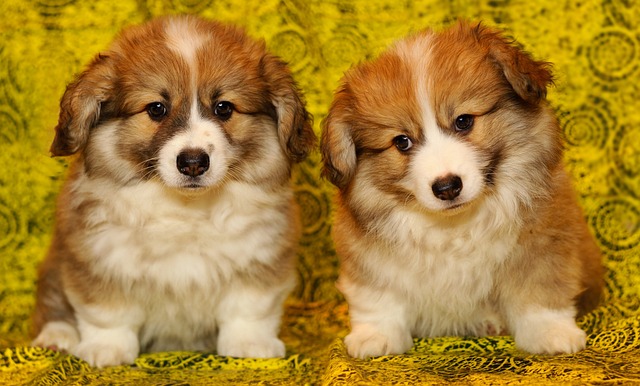
Do food toppers work for dogs
You’re standing in your kitchen, watching your dog sniff at their bowl of dry kibble with zero enthusiasm. Sound familiar?
Keeping your puppy’s teeth sparkling isn't just about a fresh-smelling kiss—it’s crucial for preventing painful dental issues down the road. While it might seem daunting at first, establishing a tooth-cleaning routine early can save you both stress and vet bills later. Let’s dive into making this essential task a positive experience for your furry friend.
First things first: gather the right supplies. Skip human toothpaste, which can be harmful if swallowed, and opt for pet-safe options that come in flavors like chicken or beef. A soft-bristled puppy toothbrush or finger brush designed for small mouths is ideal. Some areas have regulations regarding pet product ingredients, so check labels for compliance with local standards to ensure you’re using approved items.
The key to successful tooth cleaning is making it a gradual process. Start by gently touching your puppy’s mouth and lips during playtime, rewarding them with tiny treats for staying calm. This helps build trust and gets them used to having their mouth handled. Remember, patience is key—forcing the issue can turn a positive routine into a battle of wills.
When you’re ready to introduce the toothbrush, apply a small amount of toothpaste and let your puppy taste it. Most dogs are curious about the flavor, which makes the next step easier. Begin brushing in gentle, circular motions, focusing on the outer surfaces of the teeth where plaque builds up fastest. Spend extra time on the molars, where food often gets trapped.
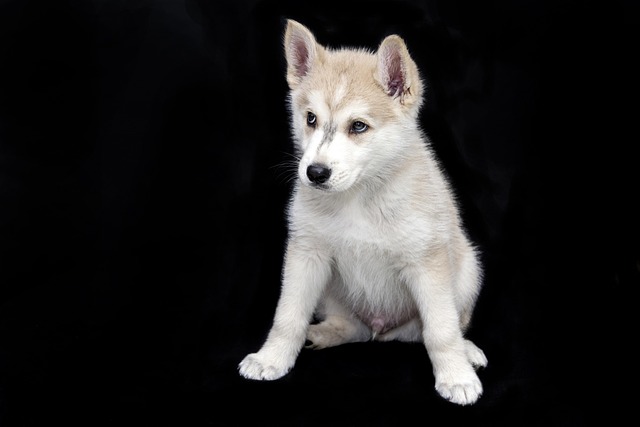 If your puppy squirms or resists, don’t push it. Take a break and try again later. Some dogs respond better to short, frequent sessions rather than one long cleaning. You might even turn it into a game: finish brushing and immediately toss their favorite toy. This positive association makes the experience something to look forward to.
If your puppy squirms or resists, don’t push it. Take a break and try again later. Some dogs respond better to short, frequent sessions rather than one long cleaning. You might even turn it into a game: finish brushing and immediately toss their favorite toy. This positive association makes the experience something to look forward to.
In addition to regular brushing, consider dental chews and toys. These can help reduce plaque and tartar buildup between cleanings. However, be cautious with sizing—chews that are too small can be choking hazards, and some local regulations restrict the sale of certain chew materials. Always supervise your puppy while they enjoy these treats to ensure safety.
For puppies with particularly stubborn plaque or signs of gum inflammation, consult your vet. They can provide professional cleaning and offer advice on maintaining oral health. In some regions, vets are required to follow specific protocols for dental procedures, so choosing a licensed professional ensures compliance with local standards.
Consistency is king when it comes to puppy dental care. Aim to brush your puppy’s teeth at least three times a week, though daily is even better. With time and patience, you’ll transform tooth cleaning from a chore into a special bonding moment. After all, a healthy mouth means a happier, more energetic puppy ready to explore the world with you by their side.

You’re standing in your kitchen, watching your dog sniff at their bowl of dry kibble with zero enthusiasm. Sound familiar?

Spotting the first signs of your dog’s pregnancy feels like discovering a secret little miracle. But it’s not always obvious—unlike humans, dogs don’t have missed periods.

Wondering how soon you can tell if your dog is pregnant?The anticipation of new furry arrivals is both exciting and nerve-wracking.
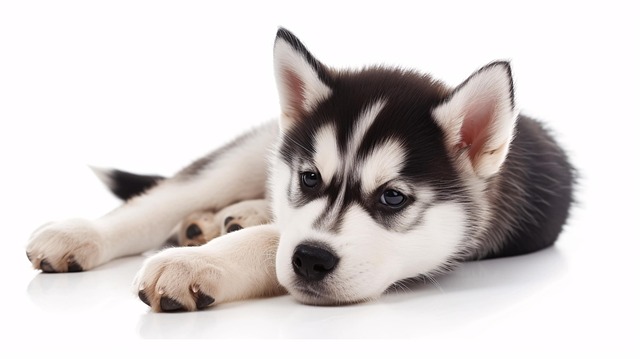
Walking into your living room to find a flurry of fur on your couch, carpets, and even your clothes can be frustrating.
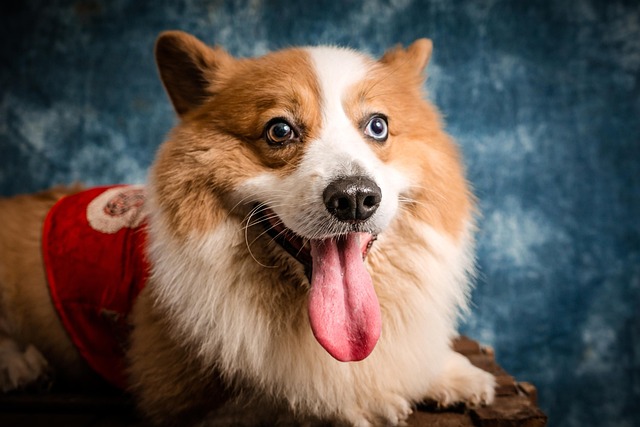
Picture this cozy scene: You’re finishing your morning cereal in your Chicago apartment, and your Labrador gives you that look – head tilted, eyes begging for the leftover milk.
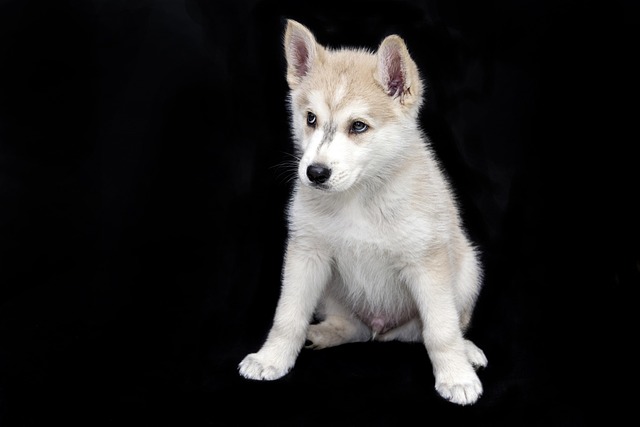
Keeping your puppy’s teeth sparkling isn't just about a fresh-smelling kiss—it’s crucial for preventing painful dental issues down the road.